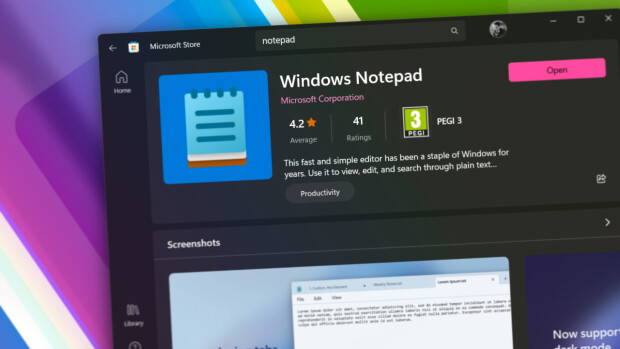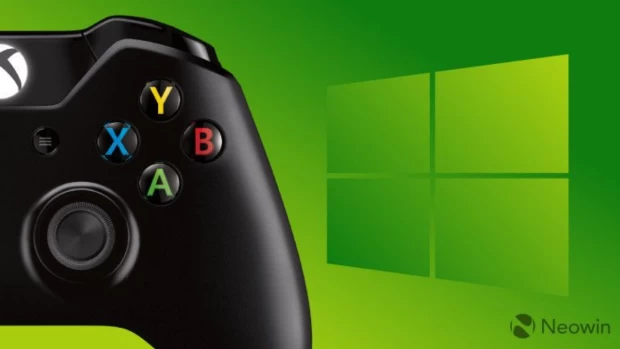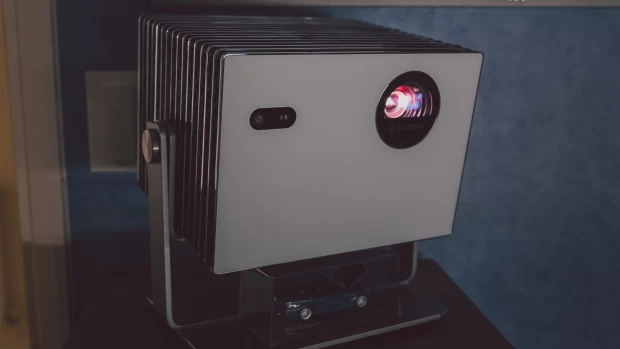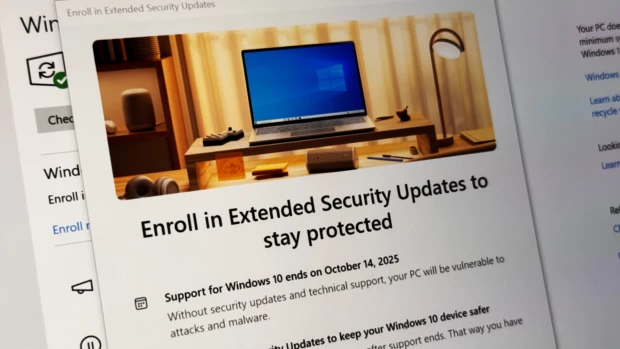
Microsoft has announced that PostgreSQL 17 is now generally available on Azure Database for PostgreSQL Flexible Server, complete with in-place major version upgrades. The in-place upgrades are a big improvement because it means you no longer have to provision a new server, copy data, or update connection strings.
Some of the other benefits that Microsoft outlined include keeping your existing server endpoint and firewall rules, reducing downtime with faster upgrades using the built-in “stop, pg_upgrade, restart" workflow, and easier maintenance of High Availability-enabled servers. With these changes, Microsoft delivers a significantly improved experience that should make life a bit easier for maintainers of this software.
For those that don’t know, PostgreSQL is a very popular bit of open-source software that gives you reliable database systems. It is feature-rich and has strong community support and is valued for its ability to handle complex applications and large datasets.
In its announcement, Microsoft said that PostgreSQL 17 is now the default for new server creations and major version upgrades on Azure Database for PostgreSQL Flexible Server. The new version brings a whole host of new features including improved vacuum performance, JSON functions enhancements, and dynamic logical replication.
The improved vacuum performance is a big deal in this update. PostgreSQL uses a system called Multi-Version Concurrency Control (MVCC) that allows multiple people to work on the database at the same time without interfering with each other. When you update or delete data from the database, it’s not immediately removed, but is instead marked as “dead” or “invisible”. The vacuum component acts as a garbage collector and cleans up the “dead” rows to free up space and keep the database nimble. PostgreSQL 17 makes the vacuum even better.
Other highlights of PostgreSQL 17 that Microsoft picked out include:
- JSON Processing Upgrades: New functions and optimizations for querying and transforming JSON data at scale.
- Dynamic Logical Replication: Simplify real-time data distribution with enhanced replication controls and improved throughput.
- Query Planner Improvements: Smarter join ordering and parallel plan enhancements for complex workloads.
- Security and Compliance: Strengthened encryption options and audit logging features to meet enterprise requirements.
Interested readers can already upgrade to PostgreSQL 17 via the Azure Portal. You should first access your flexible server resource and then go to the Overview page. In the toolbar, select Upgrade and select PostgreSQL 17, then click Upgrade. Just to be extra safe, Microsoft recommends looking in the Upgrade sidebar in the PostgreSQL version to upgrade text box to ensure that the major version you want to upgrade to is “17”.
You can also use the following command to upgrade via the command line:
az postgres flexible-server upgrade \
--name \
--resource-group \
--target-version 17
Microsoft’s in-place upgrades also come with built-in health checks and rollback safety features to reduce any incidents when you upgrade, reducing maintenance times. If you want to take a deep dive into the new features of PostgreSQL 17, check out the release notes.




















0 Comments - Add comment